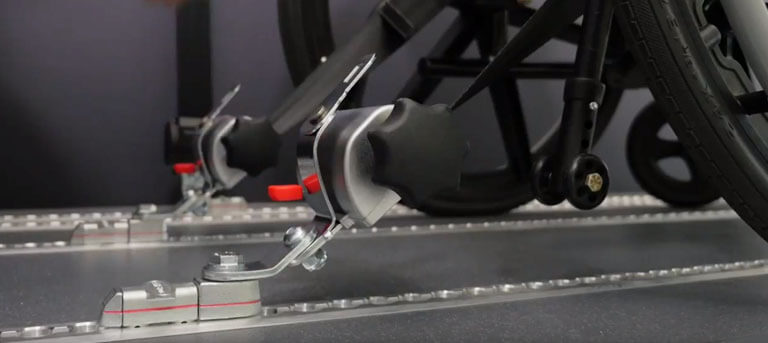

Those narrow, reclining seats have been subject to decades of fierce debate among industry players, regulatory bodies and experts in crash survivability, all arguing over what design, exactly, best balances the competing needs of cost, weight and safety. Shots - Health News Why Disability And Poverty Still Go Hand In Hand 25 Years After Landmark LawĪirplane safety standards have a long, fractious history in the United States. "You're basically giving disabled people yet another reason to feel like society wants us shut into our homes and doesn't want us going anywhere," says Ladau, adding: "It's time to quit shutting us out of such a ubiquitous mode of travel." And in any event, carving out a place for wheelchairs on commercial aircraft depends on the same complex blend of economics, politics and physics that underlies every square inch of airplane design.įor disability advocates, however, change cannot come soon enough. The ADA, after all, specifically excludes air travel from the accommodations it prescribes for other forms of public transit. Whether and how soon that might happen, however, is difficult to say. That discrepancy, along with a growing chorus of advocates arguing that the experiences of wheelchair users like Landau and Burcaw are unacceptable, has spurred a new push to finally make air travel more fair and accessible. But so can wheelchair restraint systems - and in many cases, they are tested to a more exacting standard than your typical airplane seat. It is true that airplane seats can withstand forces several times the force of gravity. "It's very uncomfortable," she says.īut a closer look at the history and science of airplane - and wheelchair - safety tells a more complicated story. "I'm nowhere near the quote-unquote average person." At 4 feet, 6 inches, she does not fit the seat easily. "Airplane seats are designed for the quote-unquote average person," Ladau says. She likens the experience to watching someone walk off with her legs. For some, it is simply impossible.Įmily Ladau, a disability rights activist, writer and public speaker, does deep-breathing exercises to manage her anxiety as airport staff takes her wheelchair away.

For many wheelchair users, the experience of flying is stressful, painful and sometimes humiliating. As a result, 29 years after the passage of the Americans with Disabilities Act, which dramatically increased American wheelchair users' access to buses, trains and other essential 21st century infrastructure, airplanes remain stubbornly inaccessible. Indeed, regulations prohibit passengers from sitting in their own wheelchairs on planes. "When you hear about the injuries and the discomfort and the embarrassment that wheelchair users have faced when flying," Burcaw says, "it becomes pretty obvious that they're not being treated in a very humane way with these rules." Instead, Aylward must carry Burcaw onto the plane, and from there, transfer him into a child's car seat, which provides limited support and does not fit his body (thus, the foam). Today, he uses a motorized wheelchair custom-fitted to his diminutive, 65-pound frame, but to board an airplane, he is required to give it up. The disorder contorted his limbs and he has used a wheelchair for mobility since he was 2 years old. The 27-year-old author and speaker - who, alongside his fiancée, Hannah Aylward, is one-half of the YouTube duo Squirmy and Grubs - has spinal muscular atrophy, a genetic disorder that affects motor neurons and causes muscle wasting and weakness.

The whole arsenal costs around $1,000, but for Burcaw it's a necessity. When Shane Burcaw flies on an airplane, he brings along a customized gel cushion, a car seat and about 10 pieces of memory foam. Regulations prohibit passengers from sitting in their own wheelchairs on commercial flights. Nearly 30 years after the passage of the Americans with Disabilities Act, planes still lag behind many buses and trains.


 0 kommentar(er)
0 kommentar(er)
